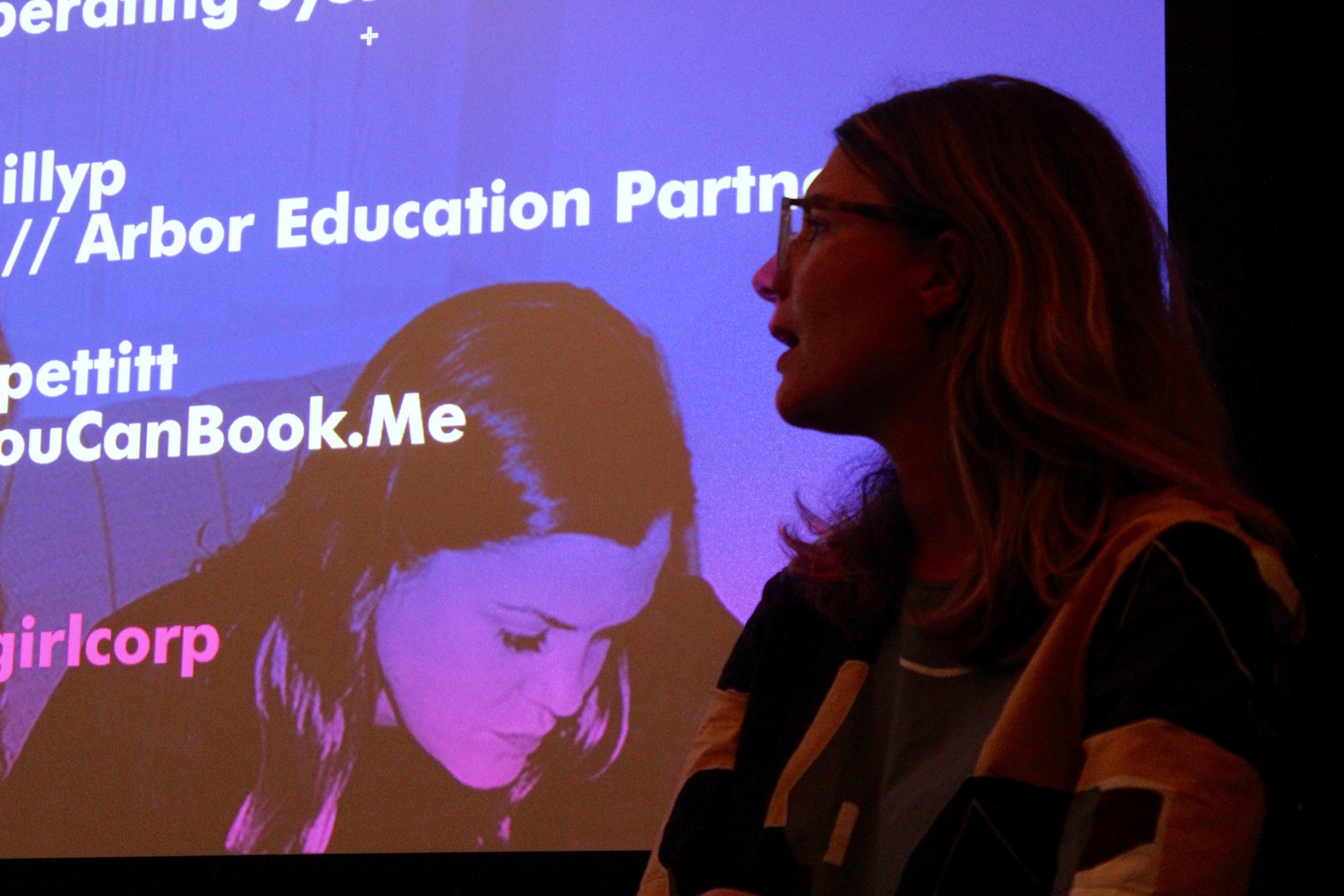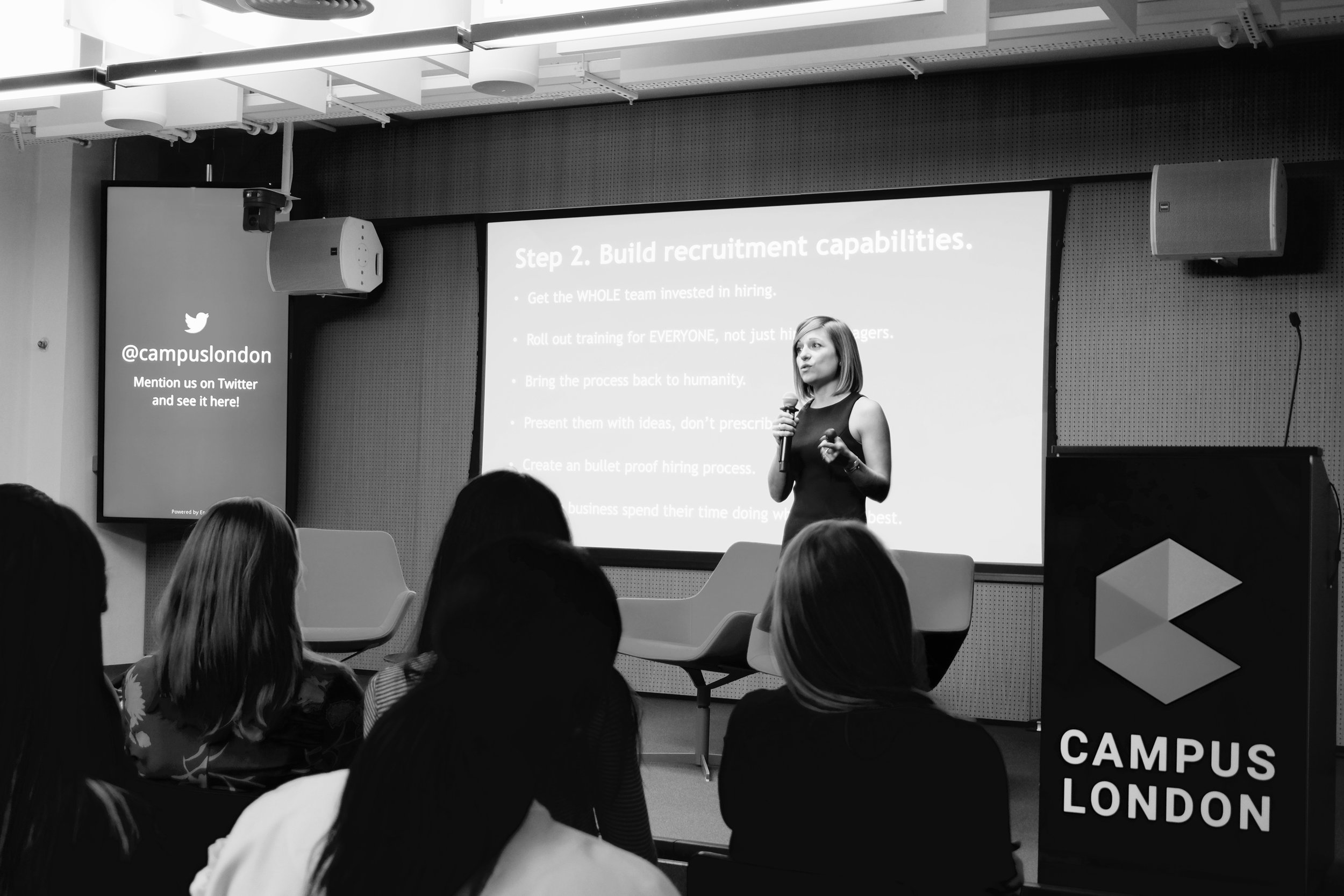diversity & inclusion

Be proactive, not retrospective.
Many of our gals & readers are on the way to start & grow their businesses. In this position, It’s your duty to be considerate & meet diversity & inclusion (D&I) indexes from the get go. with our friends at Fearless Futures, We have crafted 9 ways to ensure your D&I endeavors have a positive impact, plus highlighted points to consider & books to read.
NINE CONSIDERATIONS
ONE
Actions speak louder than words. Do articulate your commitment to equality in employment so your team know your stance & can feel comfortable to discuss the topic. However, installing process that prompt a more diverse workforce and allowing people to input on company D&I actions is the way forward.
TWO
It starts from the top. Ensure your senior leadership do meaningful personal capability building when it comes to inclusion. They are best to since they have the most power and influence in the organisation.
THREE
Being too busy is not an excuse for lack of D&I. Very little is more important.
FOUR
Collaborate & conquer. Look beyond silos when seeking to grow change.. Think along every vertical; race, class, sexual preference, disability, gender, and consider the way these issues overlap.. Don’t nail it for few, nail it for all.
FIVE
Panels events & networking only does so much. These are starting points. Learn from practitioners & others experiences to follow up with a deep understanding systems of oppression and interrogation of your complicity.
The road to equity and inclusion is not paved with canapes.
SIX
Don’t search for accolades. Let the culture of your organisation speak for itself, through word of mouth of employees and the like. Be validated by your happy team not some engraved glass.
SEVEN
Take in & create a forum for feedback. If you organisation becomes a harmful place to work you must change for the wellbeing others & for the success of your vision.
EIGHT
Don’t overspend on research or get validation from numbers alone. Head-on evaluations of inequities can be inaccurate as underrepresented groups may not share the true nature of their experiences because of the institutional risks.
NINE
Don’t discuss the business case. Everyone & their board knows diversity improves the success of companies. If the demographic calibration of you workforce reflects the public it will better attune & appeal to it. Additionally, firms should not exist to appease the business case alone. Like, there is also a business case for not paying people a living wage as well as not paying people equally for equal work, but that’s whack. You can’t build people’s access to humanity and opportunity on the basis of profit alone.
This is how you can start
Sexism
Ableism
Racism
Gender
Age
Class
These are key main D&I elements to consider, thus the touchstones on your progress into a inclusive & textured workforce.
Below are the demographic makeups of UK ethnicity & sexual orientation
Sexual Orientation
Gay or Lesbian | 1.1%
Bisexual | 0.4%.
Other | 0.3 %
Don’t know | 3.6 %
N/A | 0.6 %
Ethnicity
White | 87.2%
Black/African/Caribbean/black British | 3%,
Asian/Asian British Indian | 2.3%,
Asian/Asian British / Pakistani | 1.9%
Mixed | 2%
Your business should look to reflect this or reflect the population who could rationally commute/work for your business in percentage terms. In most cases cities are more diverse, so if your business is based in one your workforce should employ more Black and Minority Ethnic people than the UK average.
GET SHOOK & SYMPATHETIC
If you have privileges you want to challenge, CLICK one of the button to get a better understanding.
P.S. Please buy your books from an independent store, female owned if you can! Xx
Author // Emily Chapps








